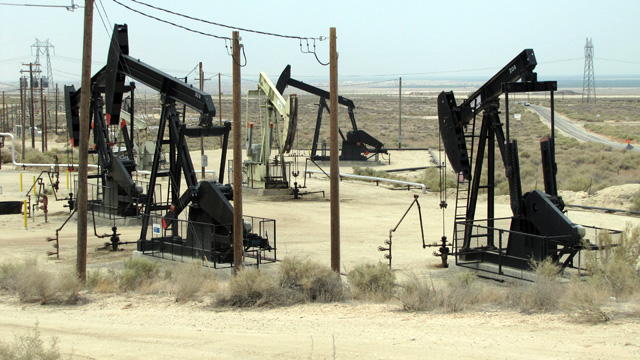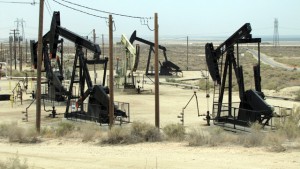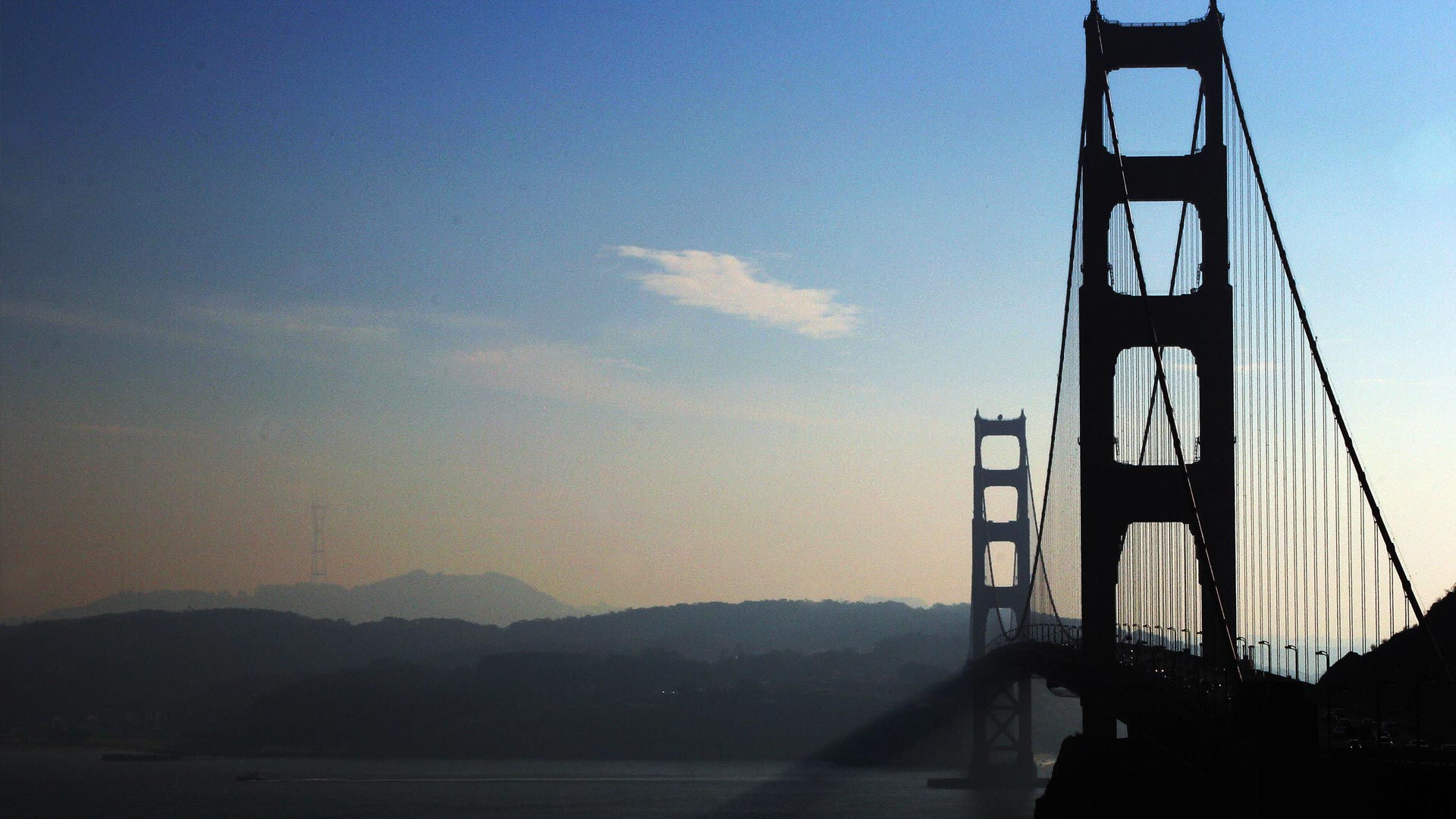California Prepares First Fracking Regulations, Joining Nationwide Debate

California Prepares First Fracking Regulations, Joining Nationwide Debate
UPDATE: California released draft fracking regulations on December 18. Read a breakdown of the new regulations on KQED's News Fix blog.

The controversial drilling technique known as hydraulic fracturing has created an oil and gas boom around the country – and that’s left state governments grappling with how to regulate it.
Now, California is wading into that fight. State regulators are expected to release California’s first rules on fracking by the end of the month.
Hydraulic fracturing has revived oil and gas development in places like West Texas. Thirty years ago, the oil industry there went bust. Now, it’s booming.
“We don’t do things the way we used to do them,” says Ben Shepperd, president of the Permian Basin Petroleum Association, a regional trade group in West Texas. He’s standing next to a towering rig that’s drilling a new oil well on the outskirts of Midland.
“In the 20s, a frack job was: once you drill a hole, you drop TNT down the hole and crack the rock that way. That was an old-fashioned frack job.”
Fracking technology has come a long way since then. Oil companies drill horizontally underground along a layer of oil-saturated shale rock. Then, they inject water mixed with sand and chemicals into the well at high pressure. That cracks the rock, releasing the oil inside.
Shepperd says companies are spending a billion dollars a month on drilling in West Texas. But that activity has brought new attention and new rules on things like the spacing of wells.
“The city of Midland updated their drilling ordinance to require setback distances and to require notification of landowners,” he says.
Around the country, regulating fracking has been largely up to state, county and even city governments. In places where hundreds of new wells have gone in like Pennsylvania, Colorado, and New York, the battles have gotten ugly.
[box size=small align=right color=white]More Coverage
See part one from this series - California Faces Fracking Debate.
Q&A - How other states are regulating fracking.
[/box]
“I think we were late to this game,” says Bill Allayaud of the non-profit Environmental Working Group. He says just a few years ago, it wasn’t clear if fracking was widespread in California. So, he asked state regulators.
“They said we don’t need to frack here. We don’t need to get gas out of the ground that way. But it turns out we’ve been getting oil out of the ground that way for decades,” he says.
California’s Division of Oil, Gas and Geothermal Resources (DOGGR) confirms that fracking has been used in the state for 50 years. The agency doesn’t require drillers to specifically report fracking, so it couldn’t say where it’s been happening.
That began to worry Allyaud as issues emerged around the country. “There’ve been well blowouts, there’s been spills into water bodies, there’s been contamination of groundwater,” he says. There have also been reports of health effects. But in most cases, the studies haven’t been conclusive on whether fracking was responsible.
“Maybe some is true, maybe some isn’t. But we’re pretty sure there’s enough solid evidence now to ask more questions, to get better scrutiny, to make sure here in California that we’re up to the task,” says Allayaud.
The Environmental Working Group and others co-sponsored a bill in the state legislature that would have required more disclosure about fracking. It failed two years in a row - amid opposition from the oil industry.
Now, state regulators are stepping in. They’re drafting fracking regulations for the first time.
Upcoming Draft Regulations
“We’ve heard this often – this was an unregulated activity,” says Tupper Hull, a lobbyist with the Western States Petroleum Association.
“That’s a statement that we strongly disagree with. This is a state where industrial activities and certainly oil and gas activities are heavily regulated.”
But because of the new attention, Hull says many oil companies are now voluntarily reporting where they’re fracking on the FracFocus website.
“We recognize that there’s a desire on the part of a lot of people to see disclosure and we fully expect that we will be required to disclose the chemicals that are used in hydraulic fracture, the location of hydraulic fracturing,” Hull says.
“What these regulations are focusing on is really to make sure the operators are pre-planning the frack job to make sure it’s done correctly, monitoring during fracking and reporting after,” says Tim Kustic of DOGGR.
“A lot of this has already been going on, It just hasn’t been captured in regulations. It’s just industry’s best practice,” he says.

Kustic says the regulations probably won’t make drillers disclose the precise chemical recipe of their fracking fluids, since it's considered a trade secret. And when it comes to monitoring groundwater around fracking sites to detect contamination, Kustic says that will likely be left to the State Water Resources Control Board.
Then there’s California’s complex geology. “You don’t want to be hydraulically fracturing an active fault,” says Mark Zoback, a geophysicist at Stanford University.
He says the likelihood that fracking would cause a big earthquake is relatively low. But there could be an issue with the fracking waste water. Drillers often dispose of it by injecting it in underground wells, which builds up pressure.
“It takes a big fault to make a big earthquake. And it’s sort of a no-brainer – you don’t inject into existing faults, especially big ones,” Zoback says.
State regulators aren’t likely to deal with that in the fracking regulations, but Zoback says it’s something they’ll have to pay attention to.
“You know it’s not hydraulic fracturing is good or hydraulic fracturing is bad. Hydraulic fracturing is safe or hydraulic fracturing is unsafe. On a case by case basis, you have to consider what’s safe to do and what’s not.”
State regulators hope to finalize California’s first fracking regulations sometime next year.
